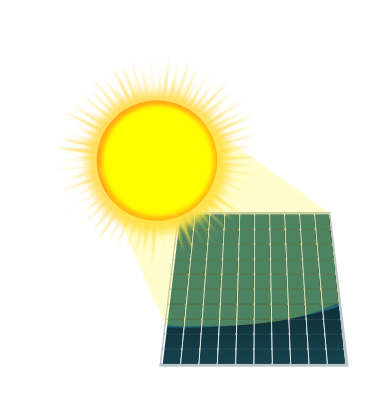Wind power is gradually rising to the challenge, and in the residential market, it is as popular as solar power. Meet the Liam F1 Mini Urban Wind Turbine by Archimedes – a miniature wind turbine specially developed for city use.
This small and revolutionary product delivers energy to home roofs and generates up to 1500 kWh of free electricity per year — and it is silent. The Liam F1 is quickly proving to be a strong contender for solar energy solutions and a worthy contender for solar panels for consumers who are concerned about sustainability and the environment.


1500 kWh per year is
effectively nothing. That runs a midrange gaming PC for a few hours.(Edit: I was thinking in Wh, oops) The company won’t even tell you the price up front - the product page just has a link to their contact form - but word elsewhere on the web is that little turbine costs somewhere in the neighborhood of $5500. I don’t know if that’s the price of the off-grid system which includes a battery, or the on-grid system, but I can’t be bothered to email them because it ultimately doesn’t matter.In 2023, the Levelized Cost of Electricity (LCOE) for both solar and wind power generation at grid scale were around $50 per Megawatt-hour. That means $5500 spent on one of those methods is expected to yield a total return of about 110 megawatt-hours. If we say the Liam lasts 20 years, never breaks down, is placed in the perfect location where it gets exactly the wind it needs to meet its rated power output (more on that below), you’ll get 1.5 MWh per year or 30 MWh total. If your goal is to spend lots of money to feel like you’re saving the planet, I suppose it’s not a bad product, but if your goal is to actually save the planet, $5500 can go several times farther than this. For that price, I can find kits online rated for 3.28 kW, which even as far north as the state of Maine in the US, will generate about 4 MWh per year, a little over 1/3 the average US home’s electricity consumption.
Per the graphs on the product page, their turbines also require a very narrow range of wind speeds to even come close to the claims about the power output: 12 m/s, which in 99.9% of the world is a significant gust, but it shuts off entirely at 14 m/s, and the output drops off very rapidly with wind speed. At half its maximum wind speed, it’s outputting 1/8 of its maximum output.
Contrast these limitations with traditional large wind turbines, which cut-in at around 4 m/s of wind speed (same as the Liam), but can maintain full capacity along a much wider range of wind speeds, typically from around 10 m/s all the way up to 20 m/s. For these turbines, half their maximum windspeed is still maximum power output. It’s a night and day difference in efficiency.
This mini-turbine is a product with a vanishingly small market. It’s for people who live in very particular locations where solar + battery systems are either so inefficient as to not make financial sense, or their property is occluded for most of the day, yet they also have access to continuous high winds that don’t fluctuate much and average right around this turbine’s sweet spot but no higher. There might be 1000 people in the entire world that this product is well-suited for, and I wouldn’t be surprised if the real number is far fewer. There’s no justification for any article to so enthusiastically say it “destroys” solar panels.
Edit: Fixed my terrible math and expanded on the costs between this and the current market price of solar systems. My point remains that this is a product for a very niche market, and for most people is not a good value for clean energy generation.
1 500 kWh isn’t a lot but a mid to high range PC should be able to run for at least 1 500 hours per year on that. Which is slightly above 4 hours a day if you use it every single day.
You’re right, I was thinking in Wh. I don’t think it changes my overall point though, which was that if one’s goal is to generate clean energy, most people don’t live in the ideal conditions for this device and hence have much more cost-efficient means available. I’ve edited my post.